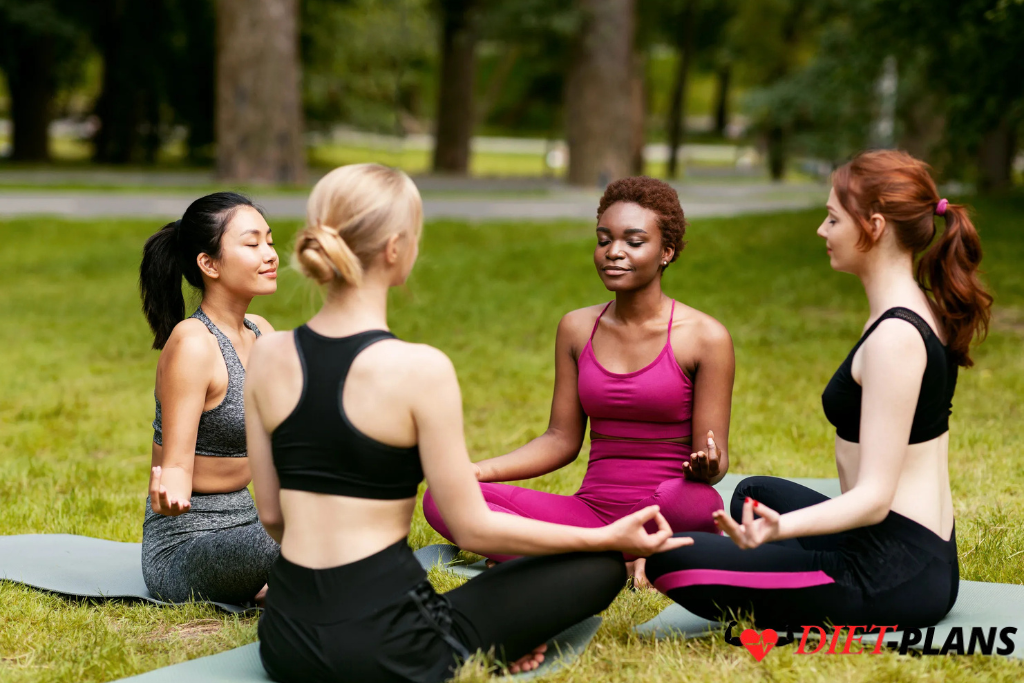Breathing Techniques to Guard Your Health Against Air Pollution
Throughout the year, we have to cope with air pollution. The main causes of the rise in air pollutants that negatively impact human respiratory health over the long and short term include urbanization, destructive farming methods, and industrial expansion. Particulate matter (PM2.5 and PM10), sulfur dioxide (SO2), nitrogen dioxide (NO2), carbon monoxide (CO), and ground-level ozone (O3) are a few of the contaminants.
These harmful particles can harm the respiratory system by causing oxidative stress, inflammation, and lung disorders including asthma, chronic obstructive pulmonary disease (COPD), and, in severe cases, lung cancer. Although there isn’t a long-term solution to air pollution, we can all take preventative measures, and breathing exercises are the first thing that most people think of.
Speaking of breathing techniques, they are patterns of activity that can increase the effectiveness of how well our lungs work. We may state that breathing exercises have many benefits, even if no breathing exercise can guard against air pollution. However, some breathing techniques can greatly assist people in enhancing their lung and respiratory functions. It is important to note that lung health should also be regularly monitored. Let’s now go into more depth about how these breathing techniques can benefit our lungs.
The Benefits of Breathing Exercises for the Lungs
1. Improves Lung Capacity
Breathing exercises enhance lung efficiency and oxygen exchange.
2. Strengthens Respiratory Muscles
Practicing breathing techniques regularly fortifies the diaphragm and intercostal muscles.
3. Clears Airways
One of the benefits of breathing exercises is that they can help remove mucus and limit the risk of infections.
4. Reduces Lung Inflammation
Avoiding pollutants and practicing breathing techniques minimize irritation and inflammation in lung tissues.
5. Protects Against Chronic Diseases
Deep breathing exercises also lower the risk of conditions such as bronchitis, asthma, and COPD.
6. Boosts Endurance
One of the notable benefits of breathing exercises is that better oxygen intake supports physical performance and stamina.
7. Promotes Relaxation
Breathing exercises provide a sense of control in oxygen intake, which ultimately reduces stress, benefiting proper lung function.
Helpful Breathing Exercises to Keep Lungs Healthy
1. Diaphragmatic Breathing
Diaphragmatic breathing is one of the helpful deep breathing exercises that strengthen the diaphragm and fill our lungs with air more efficiently. To perform this breathing technique:
- Sit or lie down on a flat surface, comfortably.
- Relax your shoulders and shift them downward away from your ears.
- Place one hand on your chest and the other hand on your abdomen.
- Inhale deeply through your nose until your abdomen expands with air.
- Exhale slowly through the mouth, feeling your stomach gently contract.
- Repeat several times for the best results.
2. Alternate Nostril Breathing
This yoga-inspired breathing technique can help relax the body and mind, reducing anxiety. To practice:
- Sit in a comfortable position, with legs crossed.
- Place the left hand on your left knee and lift the right hand toward your nose.
- Exhale completely, then close the right nostril using your right thumb.
- Inhale through the left nostril, close the left nostril with your fingers and exhale through the right nostril.
- Perform this alternating pattern for 5 minutes.
3. Lion’s Breath
Lion’s breath is a practice that calms the mind, dispels stress, and eliminates anxiety. To perform:
- Sit comfortably with a straight spine.
- Inhale deeply through your nose.
- Exhale through your mouth with your tongue out, making a “ha” sound.
- Repeat this exercise to release tension in your chest and face.
4. Pursed Lip Breathing
Pursed lip breathing helps slow down breathing and increases air intake. To perform:
- Inhale slowly through your nose for 2 counts.
- Feel your belly expand as you inhale.
- Pucker your lips as if you’re going to whistle.
- Exhale slowly through your lips for 4 or more counts.
- Repeat for several minutes.
Additional Breathing Techniques
Along with these exercises, techniques like Box breathing, Buteyko Breathing, Chest breathing, and Bamboo breathing can also be beneficial.
Age Considerations
Some individuals, such as children under the age of 5, should not perform complicated breathing techniques like Kapalbhati or prolonged breath-holding while performing Pranayama. Always consult a healthcare provider before beginning any new exercise regimen.
Precautions
Breathing exercises offer great benefits, but those with underlying health issues like cardiac arrhythmia, high blood pressure, or heart disease should consult with a doctor before practicing any breathwork.

